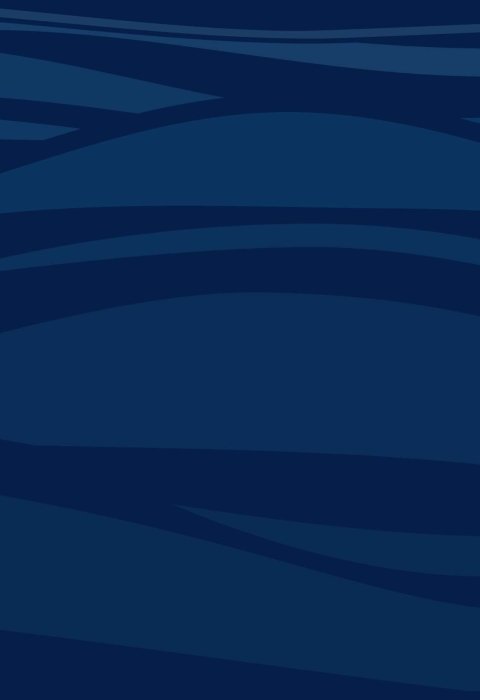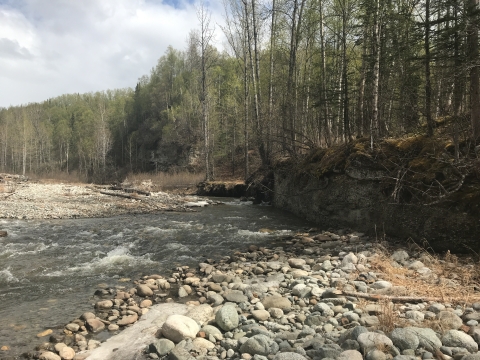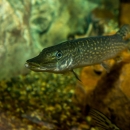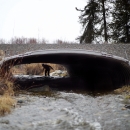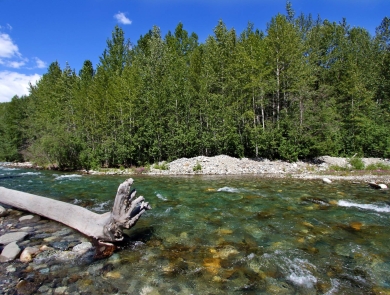Chickaloon Native Village, an Ahtna Tribe, is working to restore natural hydrologic and ecological function throughout the Moose Creek watershed. Moose Creek is a culturally important anadromous stream that was negatively impacted by mines and a railroad in the early 1900s. This project will design in-stream and floodplain salmon habitat restoration for up to five miles of upper Moose Creek; implement phase one of upper Moose Creek habitat restoration to remove in-stream velocity barriers in up to one mile of Moose Creek; and replace three barrier culverts and restore fish passage fish passage
Fish passage is the ability of fish or other aquatic species to move freely throughout their life to find food, reproduce, and complete their natural migration cycles. Millions of barriers to fish passage across the country are fragmenting habitat and leading to species declines. The U.S. Fish and Wildlife Service's National Fish Passage Program is working to reconnect watersheds to benefit both wildlife and people.
Learn more about fish passage on three upper Moose Creek tributaries. This project will restore fish access to 28 miles of salmon spawning and rearing habitats and will restore floodplain connectivity for approximately 1,536 acres.
Project Quick Facts:
| Location | Alaska |
| NFPP Project Funding | $3,000,000 |
| Restoration Techniques | Design, Culvert Replacement |
| Partner Project Lead | Chickaloon Village Traditional Council |
The National Fish Passage Program: Leaders in Building Bridges and Fostering Connections
The National Fish Passage Program is a national leader connecting watersheds and people. The program has decades of experience implementing infrastructure projects with partners. Fish passage project proposals can be initiated by any individual, organization, government, or agency. However, proposals must be submitted and completed in cooperation with a Fish and Wildlife Conservation Office. (Please note that fish passage projects being used for federal or state compensatory mitigation or required by existing federal or state regulatory programs are not eligible for funding through the National Fish Passage Program.)
CONTACT A FISH PASSAGE COORDINATOR IN YOUR AREA TO GET STARTED.
200 Million Dollar Investment in Rivers, Wildlife, and Communities
Clean free-flowing waterways are vital to wildlife, people, and ecosystems. But across the country, millions of barriers fragment rivers, block fish migration, and put communities at higher risk to flooding. The Bipartisan Infrastructure Law Bipartisan Infrastructure Law
The Bipartisan Infrastructure Law (BIL) is a once-in-a-generation investment in the nation’s infrastructure and economic competitiveness. We were directly appropriated $455 million over five years in BIL funds for programs related to the President’s America the Beautiful initiative.
Learn more about Bipartisan Infrastructure Law , signed in November 2021, included $200 million for restoring fish and wildlife passage by removing in-stream barriers and providing technical assistance under the National Fish Passage Program.
